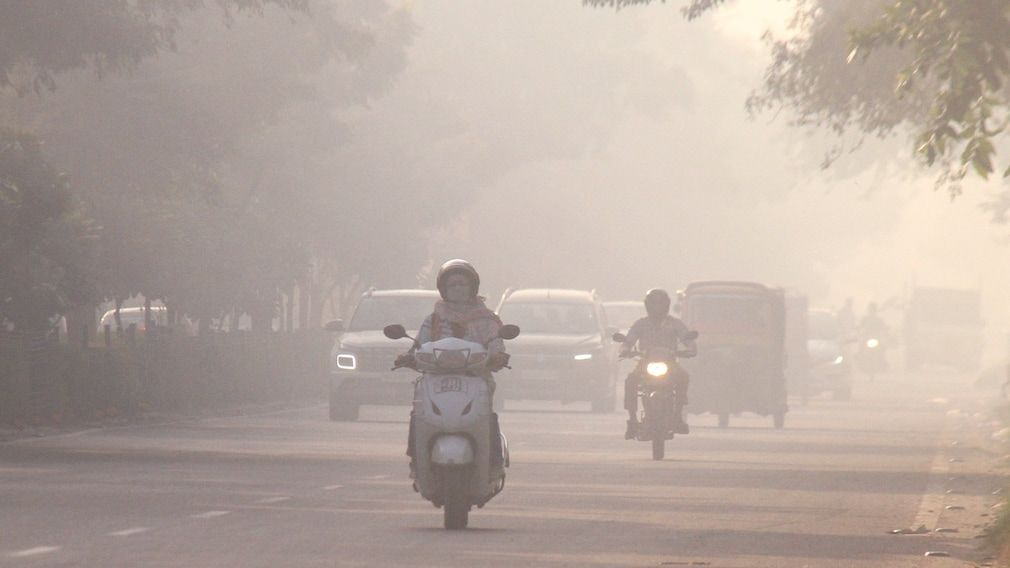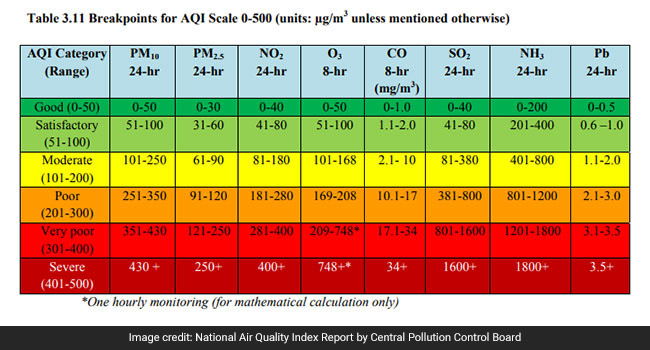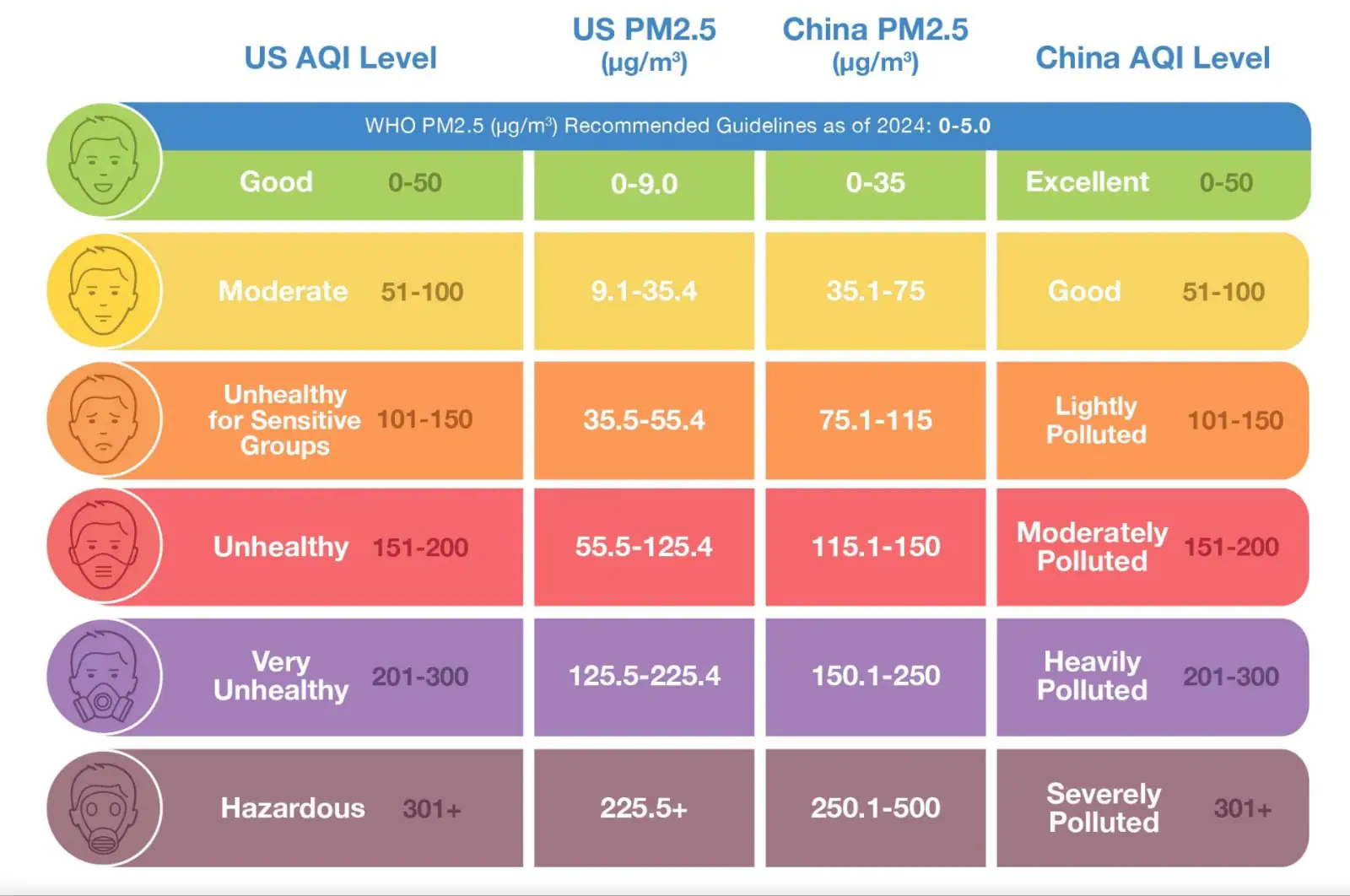Delhi Records Severe Air Pollution Post-Diwali; CPCB and IQAir AQI Readings Vary Significantly

In News: Delhi Records Severe Air Pollution Post-Diwali; CPCB and IQAir AQI Readings Vary Significantly
Explained: 350 vs 1,100, CPCB vs IQAir, Who Has Got Delhi's AQI Right
Analysis:
- Context:
- Delhi’s Air Quality Index (AQI) reached 341 at 1 pm on Wednesday, reflecting severe pollution post-Diwali fireworks.
- IQAir, a Swiss monitoring company, recorded the AQI at 1,121 on Tuesday, while CPCB reported a lower 351, showing a difference due to methodology and measurement scales.
- AQI and Health Implications:
- AQI is a public health tool to communicate air pollution levels, based on eight major pollutants including PM2.5, PM10, O₃, SO₂, NO₂, CO, Pb, and NH₃.
- Categories help citizens gauge health risks:
- CPCB: 0-50 Good, 51-100 Satisfactory, 101-200 Moderate, 201-300 Poor, 301-400 Very Poor, 401-500 Severe.
- IQAir: 0-50 Good, 51-100 Moderate, 101-150 Unhealthy for Sensitive Groups, 151-200 Unhealthy, 201-300 Very Unhealthy, 301+ Hazardous.
- AQI above 400 indicates hazardous conditions, posing health risks even for healthy individuals.
- Differences Between CPCB and IQAir:
- CPCB: Uses government-owned calibrated monitoring stations; final AQI capped at 500, emphasizing public health categories.
- IQAir: Aggregates data from government, embassy, sensor-based, and private monitoring stations, often showing higher numerical values.
- Both methods are accurate in their context, but the scales and averaging techniques differ.
- Pollutant Focus:
- Dominant pollutant in Northern India winters: PM2.5 (ultrafine particulate matter).
- For example, PM2.5 concentration of 320-335 μg/m³ recorded in Delhi correlates with AQI readings in both systems.
- Public Advisory:
- Citizens should rely on labels like ‘very poor’, ‘severe’, or ‘hazardous’ rather than absolute numerical AQI values.
- Health precautions: Avoid outdoor activities, use masks, and monitor sensitive groups during high pollution days.
- Significance:
- Post-Diwali pollution highlights the need for stricter environmental regulation, adoption of green crackers, and long-term air quality management strategies in Delhi.
Static Information:
- CPCB (Central Pollution Control Board): Government agency for air, water, and environmental quality monitoring in India.
- IQAir: Switzerland-based air quality monitoring and data aggregation company, using sensor networks worldwide.
- PM2.5: Fine particulate matter with diameter ≤ 2.5 μm, capable of penetrating deep into lungs, causing respiratory and cardiovascular health issues.



Updated - Oct 22, 2025 3:25 pm | NDTV